Buying souvenirs is one of the most interesting parts of travel. Depending on where your destination is, you can consider buying the cultural elements of the country you are heading to. There are various things you can buy during your visit in Iran. In this article, we will introduce the most popular souvenirs in Iran.
Top 12 Souvenirs in Iran
Persian Carpet

Ever wondered why Persian Carpet is famous worldwide or why they say it has the best quality among carpets? Well, it should have something to do with its history and origin.
You can find Persian Carpet in every Persian house! In all shapes and colors and types. These beautiful rectangular carpets, that is called "Farsh" or "Ghali" in Persian, are full of interesting and symbolic patterns. Sometimes they tell old stories about Persian heroes and myths; Persian kids spend so much time looking at these patterns and figures and playing with White Dew from Shahnameh and always manage to defeat them!
Persian Carpets represent cultural elements of different Iranian ethnic groups. These carpets are usually handmade. What is fascinating about these handmade carpets is that most of them do not even have a written pattern. The carpet-weaver lady (it's traditionally a lady's job) weaves a rug out of her fabulous imagination! Isn't it amazing?
We have various types of Farsh and things that look like Farsh such as Gelim and so on. But it is totally fine to call all varieties Carpet. Just remember, you cannot walk with shoes on Carpets in most Persian houses! So, just ask your host before getting in.
If you like more about Persian carpet --e.g. its pattern, symbols, history, how to weave it or anything related to that-- you can visit Carpet Museum in Tehran. It is a really good place to learn about this magnificent Iranian handicraft.
Fabric (Termeh)

One great industry in Iran that can beat its counterparts around the world is the fabric industry. The quality and fame of hand-woven fabrics in Iran are different from city to city. Isfahan fabrics, the most popular center for buying artful fabrics, usually have geometric shapes and structures together with flowers and plants. Moreover, wool fabrics in Kerman are both beautiful and masterfully colored by natural colors and made suitable for decorating tables or shelves. Persian cashmere (‘Termeh’ in Farsi) is the most eye-catching, stylish, and delicate form of fabric from the historical city of Yazd that has multifunctional usages. Cashmere is used for making wallet or purse, shoes, table linen, and jewelry box. Take one of these pieces of art home as a memory of your visit from Iran.
Giveh

Giveh is a kind of shoe that is soft, comfortable, durable and hand-woven that is common in several parts of Iran especially in rural and mountainous areas of Kermanshah and Yazd Province. It has two parts: sole and upper. Do not forget to buy a pair during your visit.
Nuts

Tourists who care a lot about the taste of the things they eat have a strong desire to visit Iran as a great place to fulfill their needs. Sweets and nuts in Iran are the best targets of these tourists. Iranian pistachio is definitely the featuring member of nuts in Iran. Iranians themselves eat nuts occasionally; they welcome their guests in Nowrouz (Persian New Year) with a big bowl of nuts and they also eat different kinds of nuts in Chaharshanbe Soori and Yalda Night.
Mina Kari
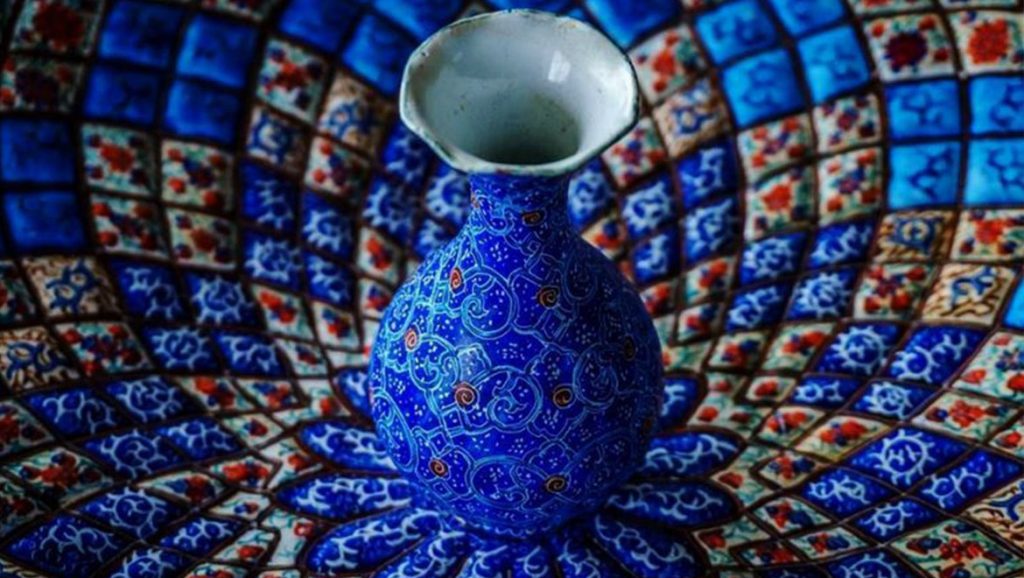
Pack all the colors of a spring sky to your suitcase! One of the most incredible souvenirs in Iran is a vase or plate decorated in a traditional Iranian technique, called Mina Kari. This art of enameling comes from ancient Persia. Isfahan is regarded as a center of this art, and there you can find incredible samples of refined paintings with a variety of designs and patterns. The outstanding fantasy of Iranian artists shows itself in rich palette of blue colors – which is not a surprise since “mina” in Farsi language means ”sky”. Bring a piece of Iran to your home!
Khatam Kari
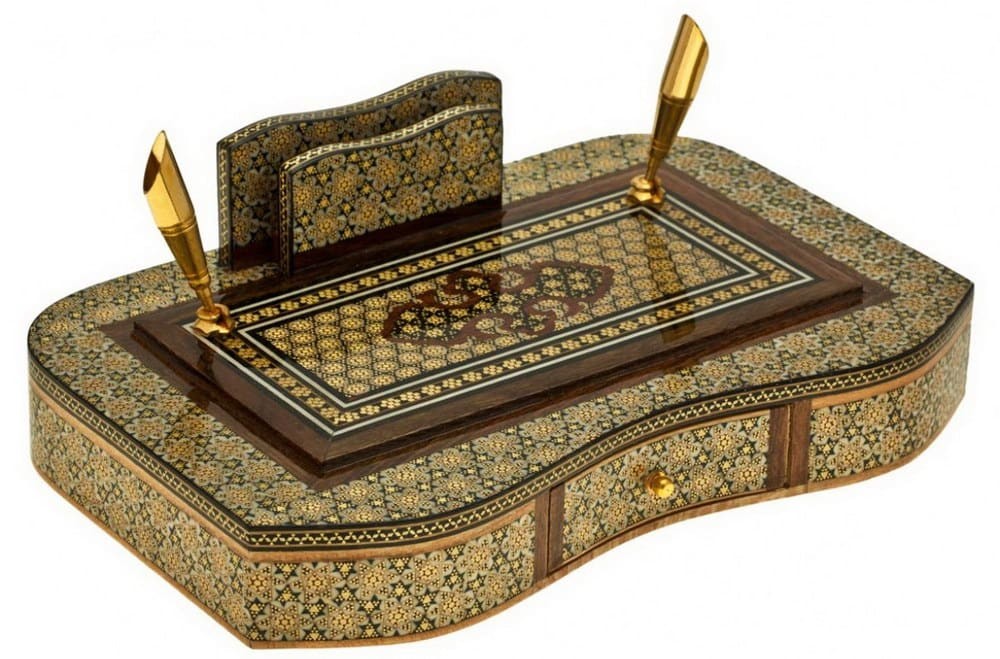
Khatam is a Persian inlaying. It is a kind of marquetry art that is made by decorating the wooden articles with wood, and metal. They also use material like gold, silver, brass, aluminum, and sometime twisted wire in khatam. The art of crafting Khatam is called Khatam Kari.
Khatam Kari is an elaborate process. Remarkably, sometimes there are more than 400 pieces per square inch. In the Safavid Era, inlaid articles had a special significance. They use betel, walnut, cypress, and pine in wooden parts. Khatam comes in shapes of doors, windows, mirror frames, Quran boxes, pen, pen holders, lanterns, and shrines.
You can see masterpieces of Khatam in cities like Isfahan, Shiraz, Mashahd, and Qom. Inlaid rooms at Saadabad Palace and Marble Palace in Tehran are other examples to mention.

Question?
Ask your questions about traveling to Iran from our travel experts:
Tehran to ... Flights FAQ ...
There are about 11 flights from Tehran to Isfahan per week with a flexible schedule.
Tehran to Isfahan flights takes about 1 hour on average.
The prices for Tehran to Isfahan flights start from 29 €.
Late in spring and and during summer is the best time to find cheap flights from Tehran to Isfahan. Therefore, you will find the cheapest flight deals to Isfahan during this time.
According to the laws, if you do not hold an identity document you won’t be allowed to take the flight just with your flight ticket. In case you do not hold any identity document you can use your driving license or credit card.
Mehrabad International Airport supports domestic flights and Imam Khomeini International Airport provides international flights. So to fly from Tehran to Isfahan you should go to Mehrabad Airport.
It depends on the airline that provides the flights from Tehran to Isfahan. Please check the main article or visit Iranian Domestic Flight Baggage Allowance.
It is necessary to have your flight ticket printed or on your cell phone and valid identity document (driving license and passport) with you when boarding.
Different airlines have different policy. You can find the elaboration on that in the main article.
There are about 5 airlines that provide direct flights from Tehran to Isfahan. You can find their names and logos in the main text.
Clay Dishes

If you visit Iran museums especially National Museum of Iran, you will come to the realization of the importance of clay art in Persian history. Persian vase that is made of clay is the most favorite kind of tourists after visiting these museums. If you want to buy the original clay works, you need to move to cities like Hamadan, Meibod, and Natanz, where clay work is the profession of many locals.
Firoozeh Koobi
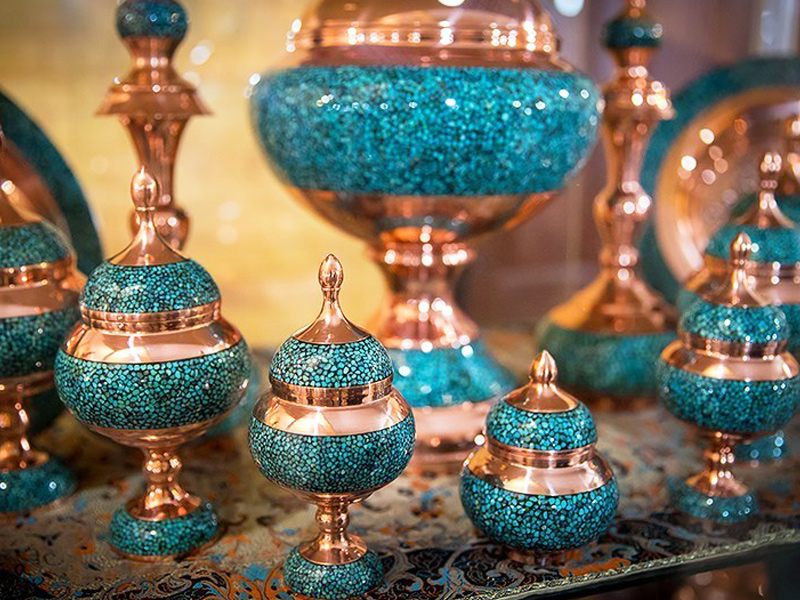
Firoozeh Koobi is one of Isfahan handicrafts, created by inlaying small pieces of turquoise stone on the surface of cooper objects – dishes, vases, cups, etc. Small stones are glued to the surface side by side, forming the mosaics ornament. After polishing and lacquering the stones gain shine and deep blue color. Firoozeh Koobi is a young handicraft – it’s about 70 years old – but it results in amazing souvenirs and decorations that quickly became popular among tourists and locals.
Gaz & Sohan
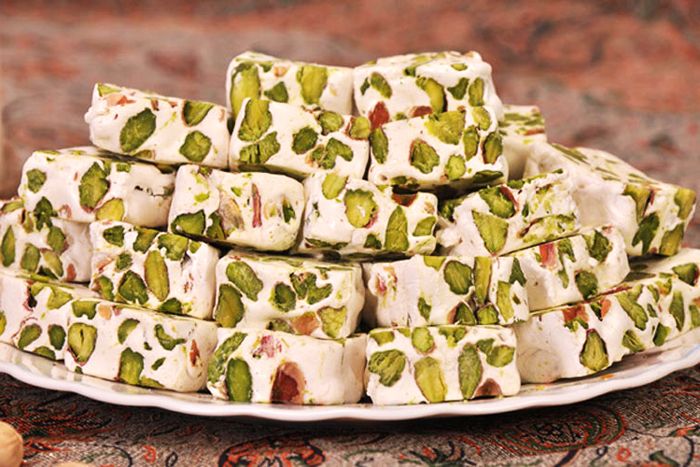
Gaz is one of the famous souvenirs of Isfahan that you can buy and take for your loved ones. Moreover, it is one of the best-known traditional sweets in Iran.
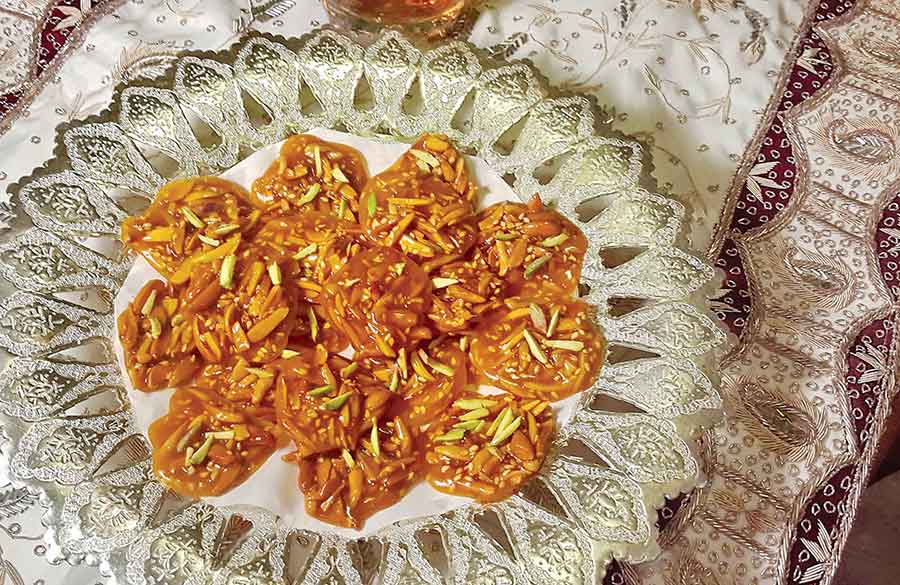
The ingredients include sugar, egg albumen, almond, pistachio, cardamom, and rose water. Have a bite with a cup of Persian tea and enjoy the afternoon!
This amazing sweet comes from Qom, located 150 kilometers to the south from Tehran. Sohan can be described as something between toffee and cookie. It consists of wheat sprout, flour, butter, sugar, egg yolk, and rose water, with the addition of saffron, cardamom, and pistachios. Ingredients are mixed and warmed up to about 120˚C. Then it forms round shapes that are decorated with pistachios. When you open a tin box, you see round cookies divided with crackles into small pieces. Be fast to grab the tastiest one with the most amount of pistachios!
Kerman Pistachio
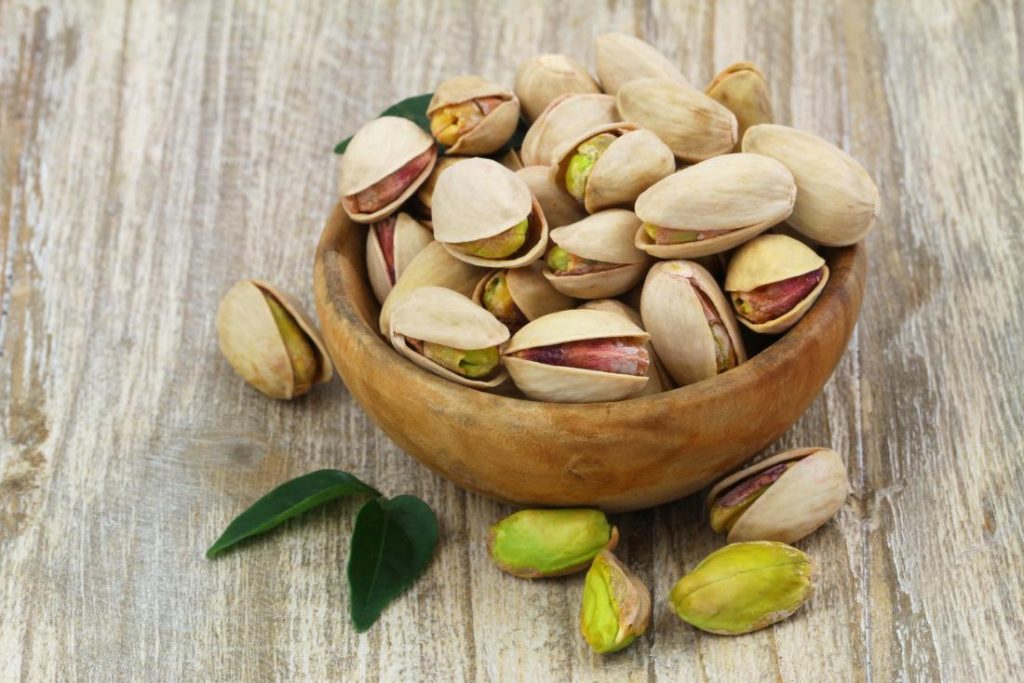
Pistachio is one of the important elements of Persian Ajil or nuts. Pistachio is a highly nutritious nut and one pistachio, for instance, contains as much Potassium as an orange. Kerman Province and Rafsanjan County are the main parts in Iran that produce and import pistachio.
Saffron

Saffron is an expensive food spice with many advantages for both body and soul. It is scientifically proven that saffron has a relaxing effect on the mind, as well as being a remedy for depression. It is also an eliminating factor for blood cholesterol.
Saffron grows in the Western South of Asia, South of Spain, and South of Europe. Iran possesses rich sources of saffron and it is an inseparable element of almost all Persian dishes.
Traditional Iranian Clothes

Attractively colorful clothing that is specifically worn a city or village in Iran to show the traditions and locality of the people are the last things we want to introduce you to buy as a souvenir. They are hand-woven which makes them prone to be expensive. They are produced in different materials – cotton, woolen, etc. – to suit different seasons. You can wear the traditional clothing of a particular region and take a photo of yourself. Buying these clothes is also possible so that you can have them forever.
MOST POPULAR TOURS IN IRAN
Get the most out of your stay in Iran! As you travel in Iran, look for our experienced tour guides in Tehran, Isfahan, Yazd or Shiraz. They will arrange visits to historic sites, experiences, and activities to create special memories you will cherish forever.
VIEW ALL
NEWSLETTER SIGNUP
By subscribing to our mailing list you will always be update with the latest news from us.
We never spam!
GET IN TOUCH
KvK-number 57893446
RSIN - 852782585
+31 (0)20 26 11777 (Europe)
+1 678 278 1283
info[@]apochi.com
John Fernhouthof 16, 1087ED Amsterdam, The Netherlands



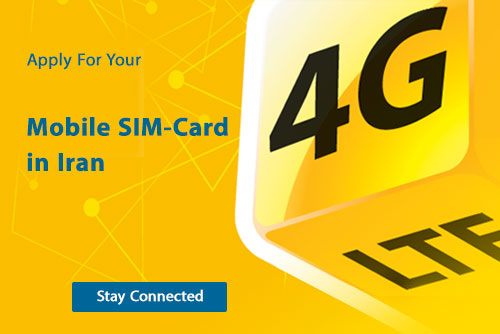




 Trusted
Partner
Trusted
Partner